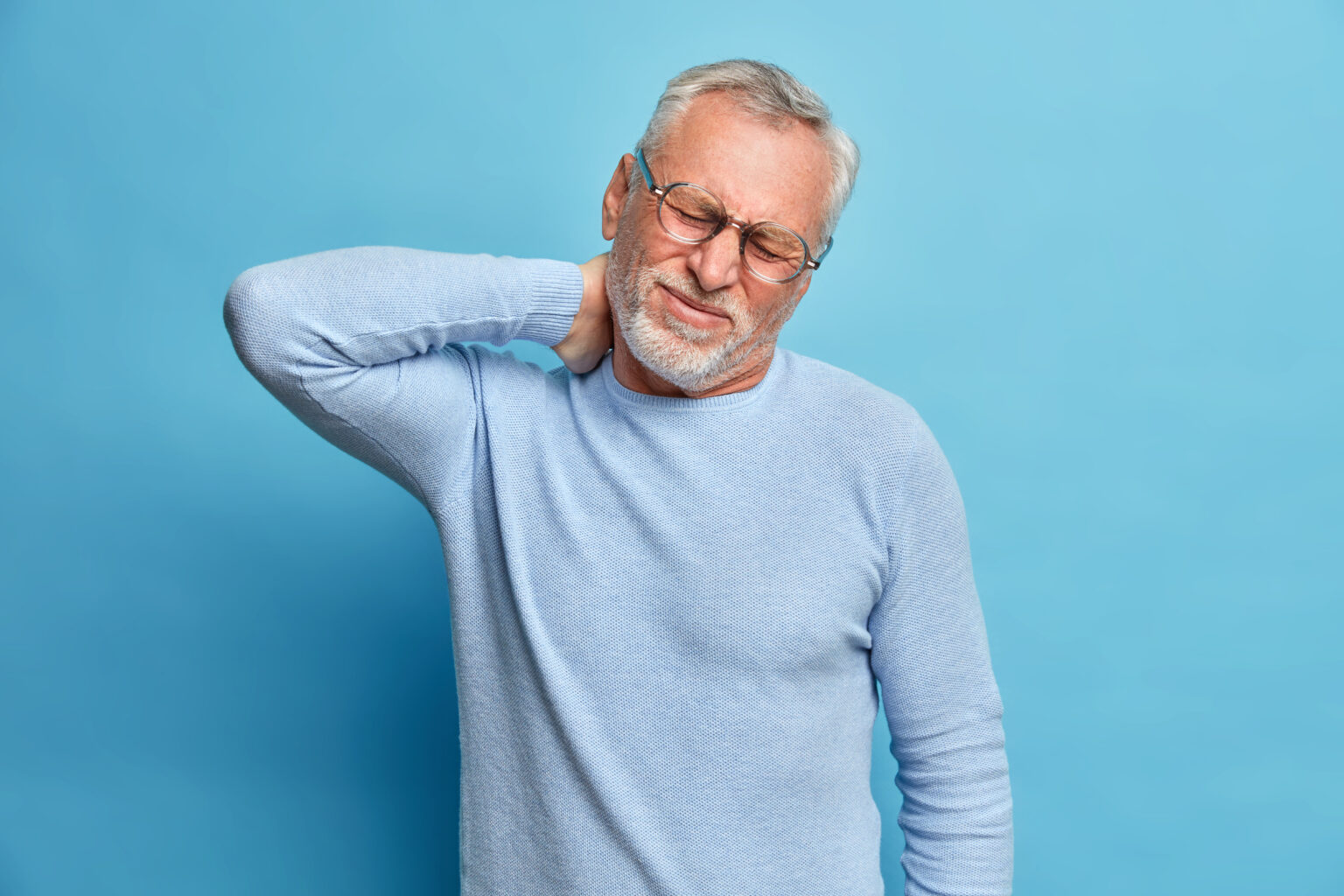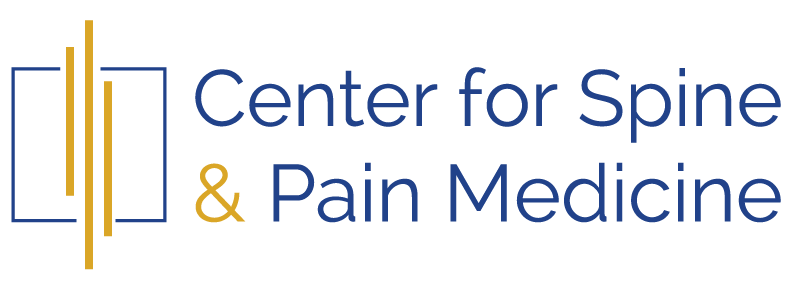
02 Aug WHAT IS OSTEOPOROSIS?
Osteoporosis is a condition that occurs when your bones become thinner and weaker, increasing your risk of breaking. Bones are living tissues that constantly undergo changes to maintain their strength. Osteoporosis causes bone tissue to break down faster than new bone can be formed. This results in weak, brittle bones that are more likely to fracture (break).
Osteoporosis most commonly affects the bones of the spine, wrist, or hip. The two forms of osteoporosis are primary osteoporosis and secondary osteoporosis.
Primary osteoporosis occurs in people who have never taken corticosteroids or had surgery involving large amounts of steroids (such as prednisone). This type of osteoporosis may be caused by genetics or environmental factors such as diet, exercise and smoking habits.
Secondary osteoporosis occurs after taking corticosteroids or having surgery involving large amounts of steroids (such as prednisone).
SYMPTOMS
Osteoporosis can occur at any age, but it’s most common after menopause in women and after age 50 in men.
Women are at higher risk of osteoporosis because they lose bone mass faster than men after reaching menopause. But both men and women can develop osteoporosis due to factors such as family history, nutritional deficiencies, certain medications, smoking or excessive alcohol use.
You can have osteoporosis without any symptoms. You may not know you have it until you have a bone fracture or other problem caused by weak bones. However, some people may not have any symptoms at all.
Some of the common Osteoporosis symptoms are:
Painful joints – this may be worsened by exercise or bending down
Back pain – this may be caused by spinal compression fractures (when part of your vertebrae breaks) or narrowing of your spinal canal (this can put pressure on nerves)
Bone fractures – these are often caused by falls that happen when you don’t expect them (like tripping over)
RISK FACTORS
You are more likely to get osteoporosis if you have any of the following risk factors:
Age – Women over 50 years old have an increased risk of osteoporosis compared to younger women
A small frame – A woman who has a low body mass index (BMI) or is underweight has an increased risk of osteoporosis
A family history of osteoporosis – If your mother or sister has had fractures from osteoporosis then you may also be at increased risk
Long-term use of corticosteroids (steroid medications) or anticonvulsants (drugs used to treat seizures) – These drugs can decrease calcium absorption into the bloodstream and increase calcium loss from the body which leads to low bone density.
You can help reduce your risk of osteoporosis by following these steps:
Get enough calcium and vitamin D. These nutrients are essential for building and maintaining strong bones. Your body absorbs more calcium from food than it does from supplements. You should get about 1,000 milligrams of calcium each day from food sources alone, or take a supplement containing at least 500 milligrams of elemental calcium per tablet or capsule. Vitamin D helps your body absorb this calcium so you need 600 IU (international units) every day.
Exercise regularly to keep your bones strong and healthy. Weight-bearing exercises such as walking, jogging or running are best because they put stress on the bones and help them grow stronger. Strength training also helps build muscle mass, which increases bone density.
Stop smoking and avoid alcohol if you’re at risk for osteoporosis because these substances increase the risk of developing osteoporosis later in life.
If you have any more questions about how to tell if you have osteoporosis, or what kind of treatment options are available, we encourage you to reach out to our team of doctors at the Center of Spine and Pain Medicine in Lilburn, GA. We’ll provide you with a full evaluation as well as recommendations for the best path forward.
Call us at (678) 450-1222


